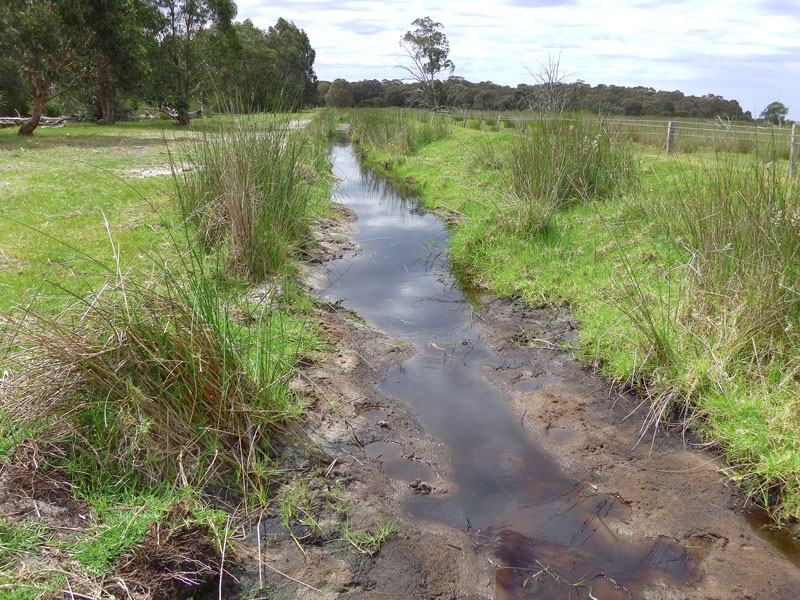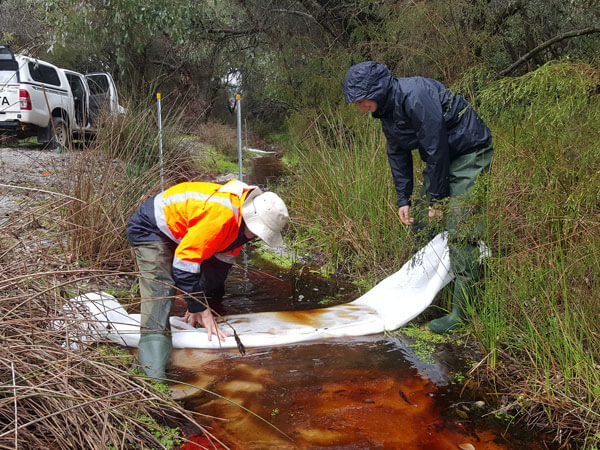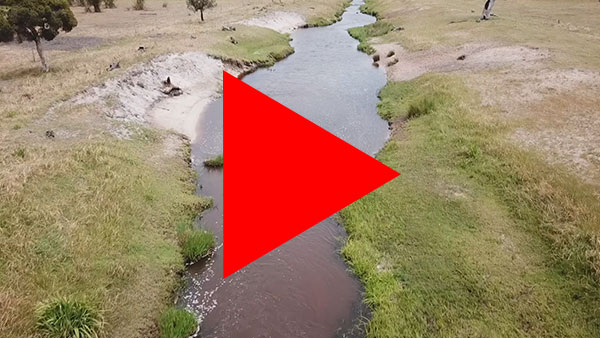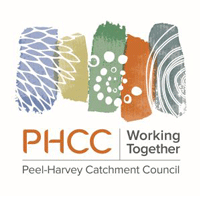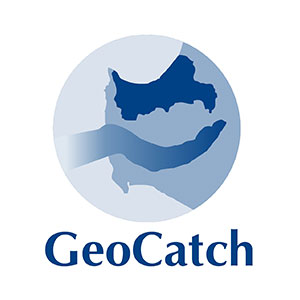Innovative remediation
Our estuaries face pressures because of reduced rainfall and flows, a growing population and intensification of land use. Nutrient over-enrichment is an issue that can result in algal blooms, water with low-oxygen levels and occasional fish deaths.
The Innovative Remediation strategy, under Healthy Estauries WA, is testing new technologies for nutrient management and gathering evidence to see if they can be used at a catchment scale. The strategy will develop and trial these new technologies to reduce nutrient losses to waterways from urban and rural land uses and improve soil condition for plant growth.
By developing and testing new treatment options, we can produce solutions to achieve value-for-money outcomes for our estuaries, supporting both environmental and economic needs.
Soil amendment trials
Healthy Estuaries WA is working with farmers in the south-west of Western Australia to find ways of modifying soils to reduce phosphorus lost from farms into waterways. Materials with a high phosphorus-retention capacity are being trialled on paddocks with sandy soils to ensure phosphorus stays in the topsoils for longer, reducing the amount washed off the farm and into waterways.
New technologies
Water treatment techniques to reduce algal blooms in the short term may be an option to provide respite to estuarine health while longer nutrient reduction activities in the catchment are realised. By testing treatments that lock up soluble phosphorus and treat algal blooms, we will identify when and where these approaches work best.
Several new high-capacity phosphate binding clays will be trialled as in-stream dosing agents in the upper Serpentine catchment (Peel-Harvey) and for dosing large pools in the lower Vasse River (Vasse-Geographe).
Some of the clays will incorporate the benefits of nano-technology and require working with innovative partners to upscale these for field trials. Evaluation of the materials will focus on working out application regimes and techniques to maximise how these take up soluble phosphorus either in-stream or from sediments. Algal flocculating materials will also be evaluated in combination with clay applications to treat algae once these bloom in large water bodies such as the Vasse.
The Regional Estuaries Initiative is investigating the effectiveness of a newly developed clay at two sites, Punrak Drain, a tributary of the lower Serpentine River and the Lower Vasse River.
